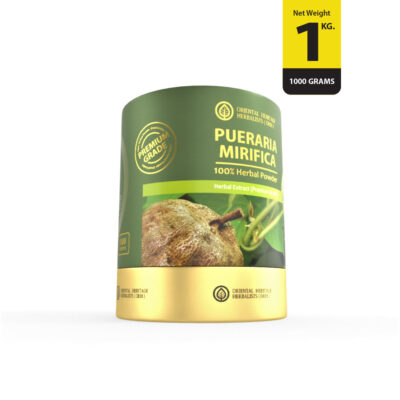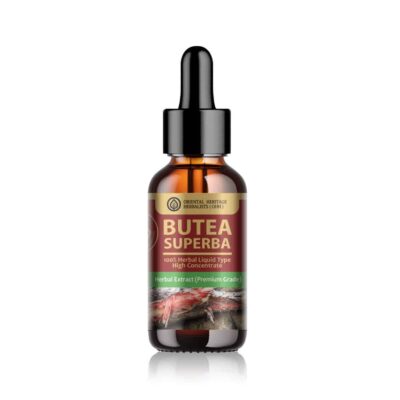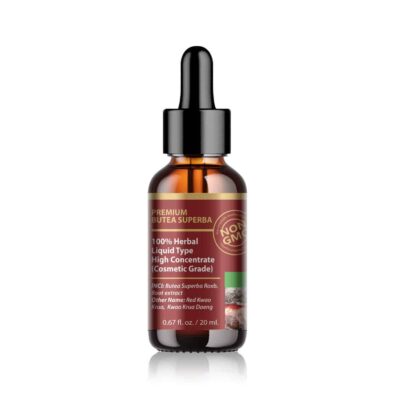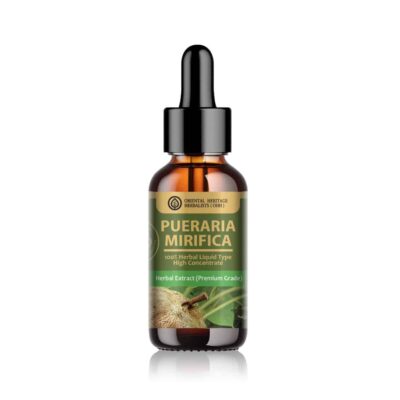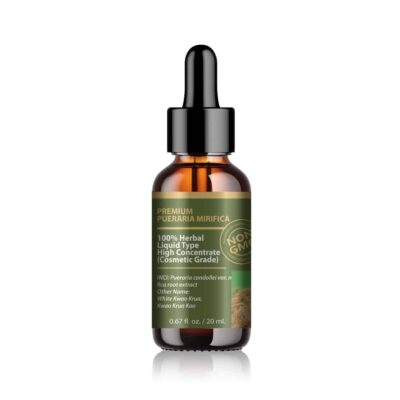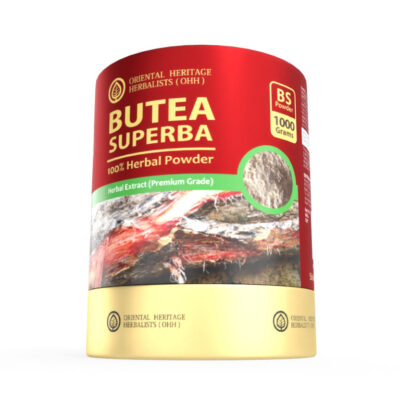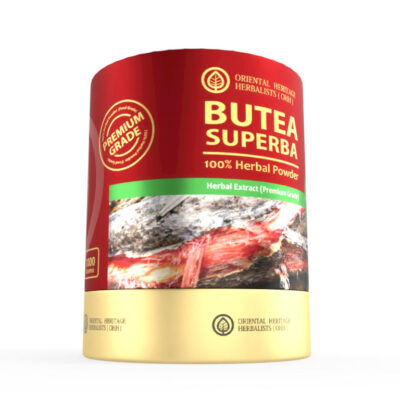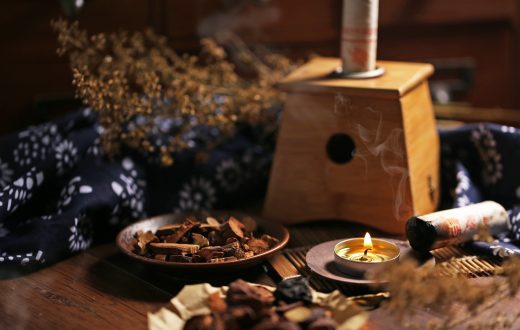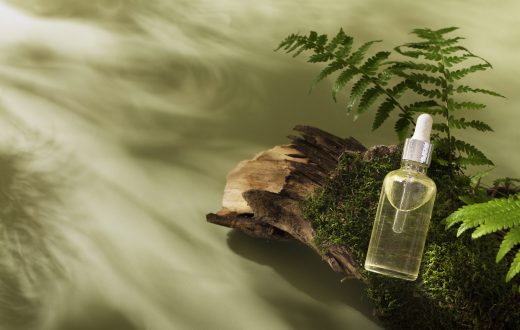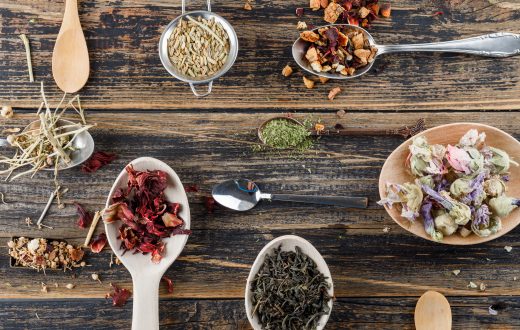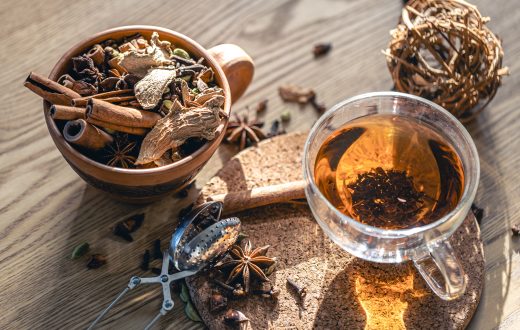Thailand’s lush landscapes and centuries-old herbal wisdom have given rise to a thriving herbal industry that’s now making waves globally. Thai herbs are no longer confined to traditional medicine; they’re being embraced by modern food and cosmetics manufacturers for their potent bioactive compounds, sustainability, and cultural authenticity. Among the most celebrated are Pueraria mirifica and Butea superba, two powerful botanicals with transformative effects.
The Cultural Roots of Thai Herbalism
Thai herbal medicine is deeply rooted in Ayurvedic and traditional Southeast Asian healing systems. Passed down through generations, these practices emphasize balance, natural remedies, and holistic wellness. Herbs are used not only to treat ailments but also to enhance vitality, beauty, and longevity.
This cultural heritage has laid the foundation for Thailand’s emergence as a global supplier of herbal ingredients. Government initiatives, research institutions, and local communities have all contributed to the preservation and modernization of herbal knowledge.
Thai Herbs in the Food Industry: Flavor Meets Function
Thai herbs are integral to the country’s culinary identity. From fiery chilies to fragrant lemongrass, they define the flavor profile of Thai cuisine. But beyond taste, many herbs offer functional benefits that are now being harnessed in the food industry.
Functional Food Applications
- Digestive health: Herbs like ginger, turmeric, and holy basil aid digestion and reduce inflammation.
- Energy and vitality: Adaptogens such as Butea superba are used in energy drinks and male enhancement supplements.
- Hormonal balance: Pueraria mirifica is being explored for its phytoestrogenic effects in functional foods targeted at women’s health.
These herbs are often incorporated into:
- Herbal teas and tonics
- Nutraceutical capsules
- Fortified snacks and beverages
Thailand’s food industry is increasingly blending traditional herbal wisdom with modern nutrition science to create products that support wellness from the inside out.
Thai Herbs in the Cosmetics Industry: Nature’s Answer to Beauty
The global cosmetics industry is undergoing a transformation. Consumers are demanding clean, plant-based, and ethically sourced ingredients. Thai herbs offer a compelling solution, with proven efficacy and rich cultural narratives.
Pueraria Mirifica: The Queen of Phytoestrogens
Native to northern Thailand, Pueraria mirifica contains high levels of phytoestrogens—plant compounds that mimic estrogen. It’s widely used in:
- Breast-firming creams
- Anti-aging serums
- Skin-brightening lotions
- Hair growth treatments
Scientific studies have shown that Pueraria mirifica can improve skin elasticity, reduce wrinkles, and support hormonal balance in women.
Butea Superba: The Male Vitality Booster
Butea superba, found in Thailand’s forests, is traditionally used to enhance male virility and circulation. In cosmetics, it’s formulated into:
- Hair tonics for men
- Anti-aging products
- Skin revitalizers
Its antioxidant and vasodilatory properties make it a popular choice for men’s grooming and wellness products.
Scientific Backing and Innovation
Thai herbs are not just folklore—they’re backed by rigorous scientific research. Universities and biotech firms in Thailand are investing in:
- Standardized extraction methods
- Clinical trials
- Product safety and efficacy testing
This scientific validation has helped Thai herbs gain credibility in international markets, especially in Japan, South Korea, Europe, and the United States.
Economic Impact and Global Reach
The Thai herbal industry contributes significantly to the country’s economy. Key drivers include:
- Export of raw and processed herbal materials
- Growth of wellness tourism and spa products
- Expansion of herbal cosmetics and supplements
Government support through initiatives like the “Thai Herbal Development Project” has helped small farmers and entrepreneurs scale their operations and meet international standards.
Sustainability and Ethical Sourcing
Thai herbs are often cultivated using organic and sustainable methods. Many producers work directly with local communities, ensuring fair trade and preserving biodiversity. This ethical approach resonates with conscious consumers and adds value to Thai herbal products.
Conclusion: A Natural Future
Thai herbs like Pueraria mirifica and Butea superba are redefining the boundaries between tradition and innovation. Their integration into food and cosmetics reflects a global shift toward natural, holistic, and culturally rich products. As science continues to validate their benefits and demand grows, Thai herbs are poised to become staples in the global wellness economy.
Visit our website to learn more: Click Here
Related Products
Related Post
From Ancient Remedies to Beauty Science: The Rise of Herbal
Thailand’s lush landscapes and centuries-old herbal wisdom have given rise to a.
- 23 October 2025
- 0 Comments
Why Natural Extracts Are Shaping the Future of Cosmetic and
Thailand’s lush landscapes and centuries-old herbal wisdom have given rise to a.
- 22 October 2025
- 0 Comments
Acmella Oleracea: The Natural Herb Revolutionizing Cosmetics & Supplement Industries
Thailand’s lush landscapes and centuries-old herbal wisdom have given rise to a.
- 21 October 2025
- 0 Comments
Caesalpinia sappan: A Powerful Natural Ingredient for Cosmetics and Supplement
Thailand’s lush landscapes and centuries-old herbal wisdom have given rise to a.
- 20 October 2025
- 0 Comments
Butea Superba and Tongkat Ali: Nature’s Boosters in Cosmetics and
Thailand’s lush landscapes and centuries-old herbal wisdom have given rise to a.
- 7 October 2025
- 0 Comments


